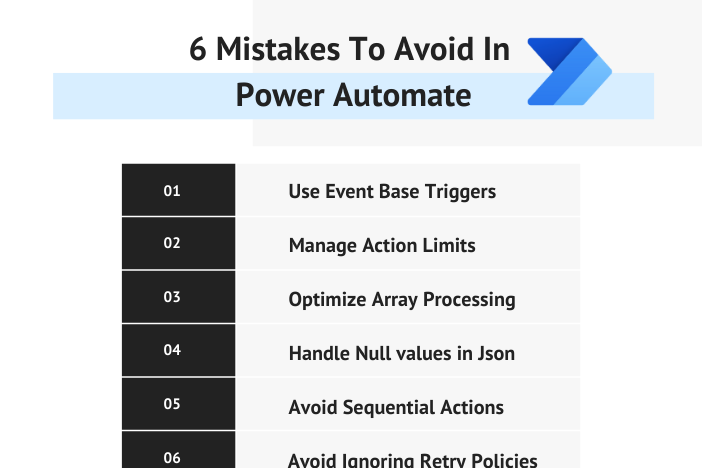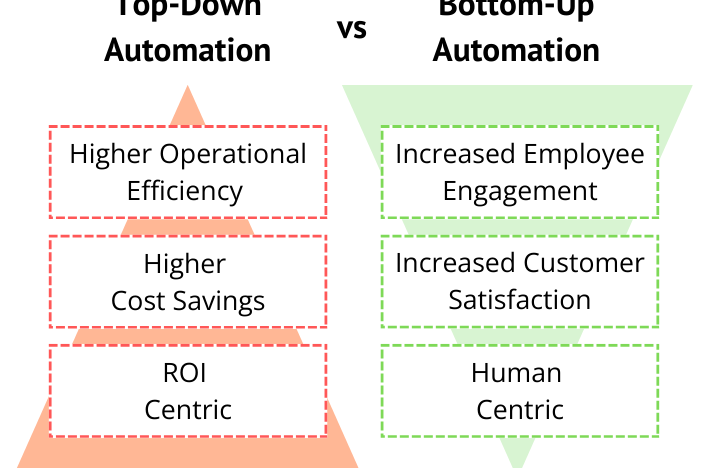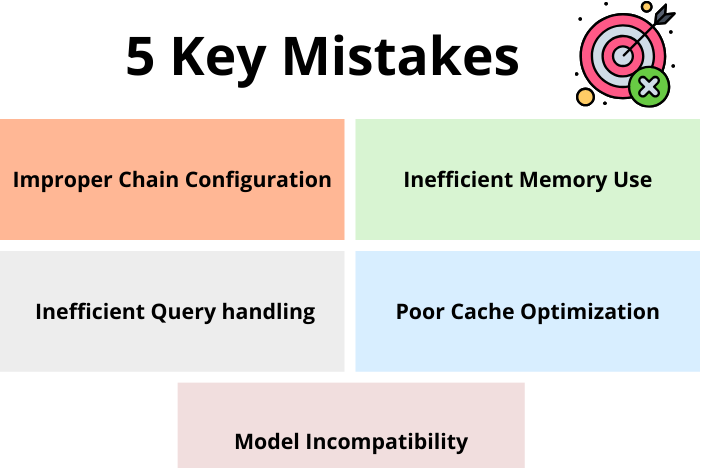Testing for Product Success
There are three components critical to the success of a project’s success, which rings true, especially for software development. These components revolve around testing, quality assurance, and user acceptance testing. Through testing one can identify bugs, vulnerabilities, and errors that occur in the development process. Quality assurance or QA testing focuses on the products or digital service’s technical quality. User acceptance testing (UAT) on the other hand, focuses on the business quality of the product. Thus, it is not just the testing that matters but the intent behind it that needs to be considered too. The last two are complementary and need to be done throughout the development process.
What is Quality Assurance?
QA is vital to proper product development as it ensures that the codes written are error-free as well as having technical quality. Through this process, the team is able to ensure that the digital product has met all the requirements as per the specifications. In quality assurance, the application is tested under various circumstances so that bugs, vulnerabilities, and bugs can be spotted prior to the finished product’s deployment. Due to this, QA testing needs to be carefully done by a dedicated team of testers, developers as well as quality assurance personnel.
What is User Acceptance Testing?
UAT is another critical phase of software development. It focuses on whether the software is actually ready for release. The basic element in UAT is checking whether the software actually meets all the business functions and requirements. For this, the testing needs to be done by the end user or the product owner with feedback provided accordingly. It is possible to di UAT in various ways, from alpha and beta testing to acceptance testing.
Alpha testing would take place early in the development process by a selected user group. Beta testing is done on a wider audience prior to the product’s final release. Acceptance testing is done upon completion of the development process and when the software is ready for release. For more information on how QA and UAT can be leveraged for business success check out our video on this.
Why are QA and UAT both Important?
It is important to remember that though both QA and UAT are essentially different they are components of the software development process and so need to be employed together for the best results. While QA ensures that the software is error-free as well as technically sound, UAT makes sure the software is as per the requirements with the required functionality. Thus, when both are employed interactively it is easier to catch as well as fix potential issues before these become significant problems. With this approach, it is possible to build a software product that is high quality, meets the business’s requirements, and with the required functionality.
The Importance of Automation Testing
While testing is important, structured regular testing for AQ and UAT would take up both time and resources. Though integral it may be difficult to create a structured approach but by maintaining proper testing costly mistakes can be avoided down the line. Both need to be continuous processes for the duration of the development cycle as it is possible to identify issues as early as possible. Automation testing can allow a proper testing framework for software developers and quality assurance teams alike.
Software development is a process that is complex and requires an iterative testing approach toward regular product testing, quality assurance, and user acceptance testing as well. While QA ensures that software is bug-free and technically sound, UAT ensures that the software meets requirements while being business functional as well. For the successful development of software, both QA and UAT are critical to be done throughout the process. Therefore, prioritization of these tools is integral as well as investing in the correct tools for the best possible outcome.
You might also like
Stay ahead in tech with Sunflower Lab’s curated blogs, sorted by technology type. From AI to Digital Products, explore cutting-edge developments in our insightful, categorized collection. Dive in and stay informed about the ever-evolving digital landscape with Sunflower Lab.









